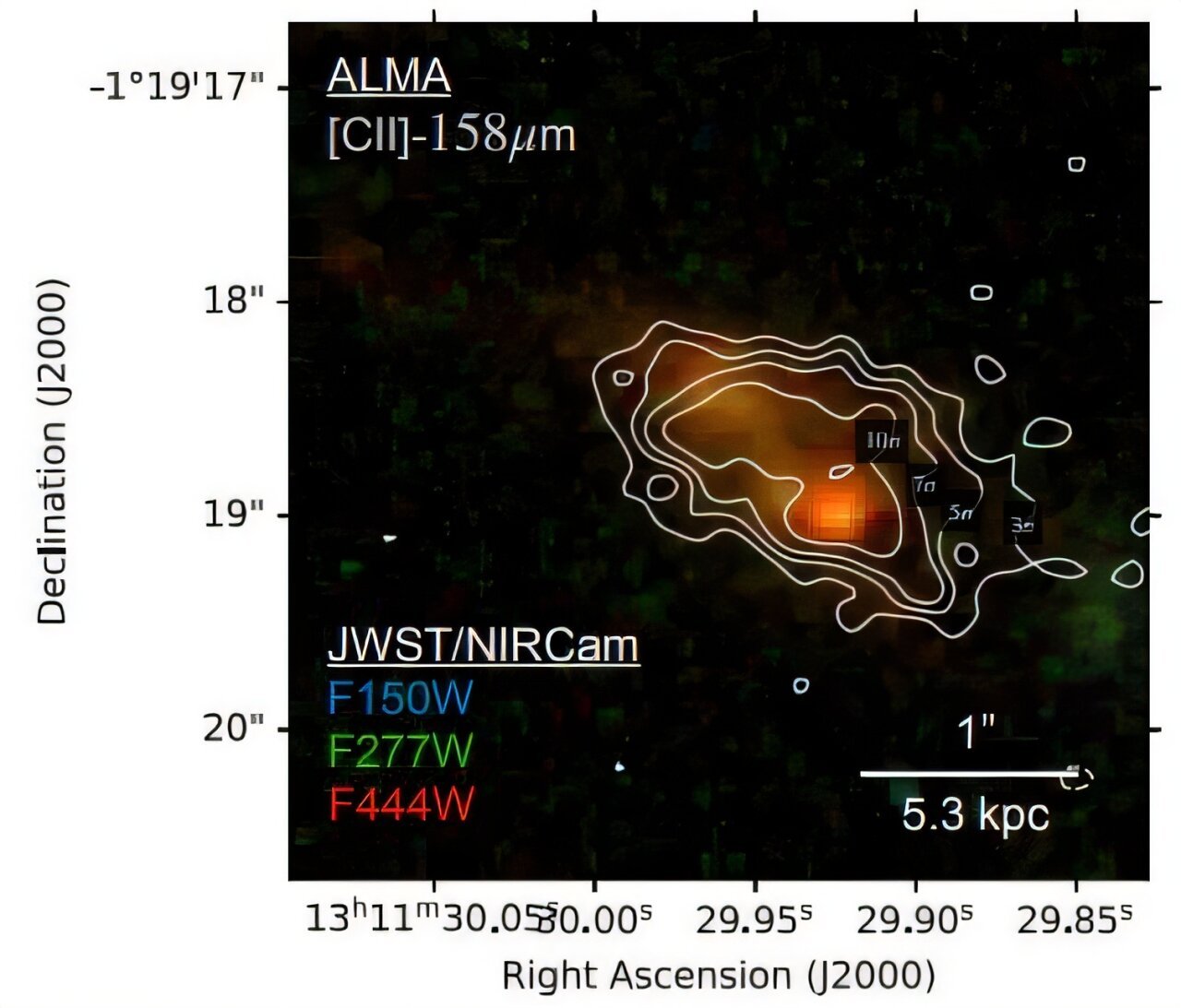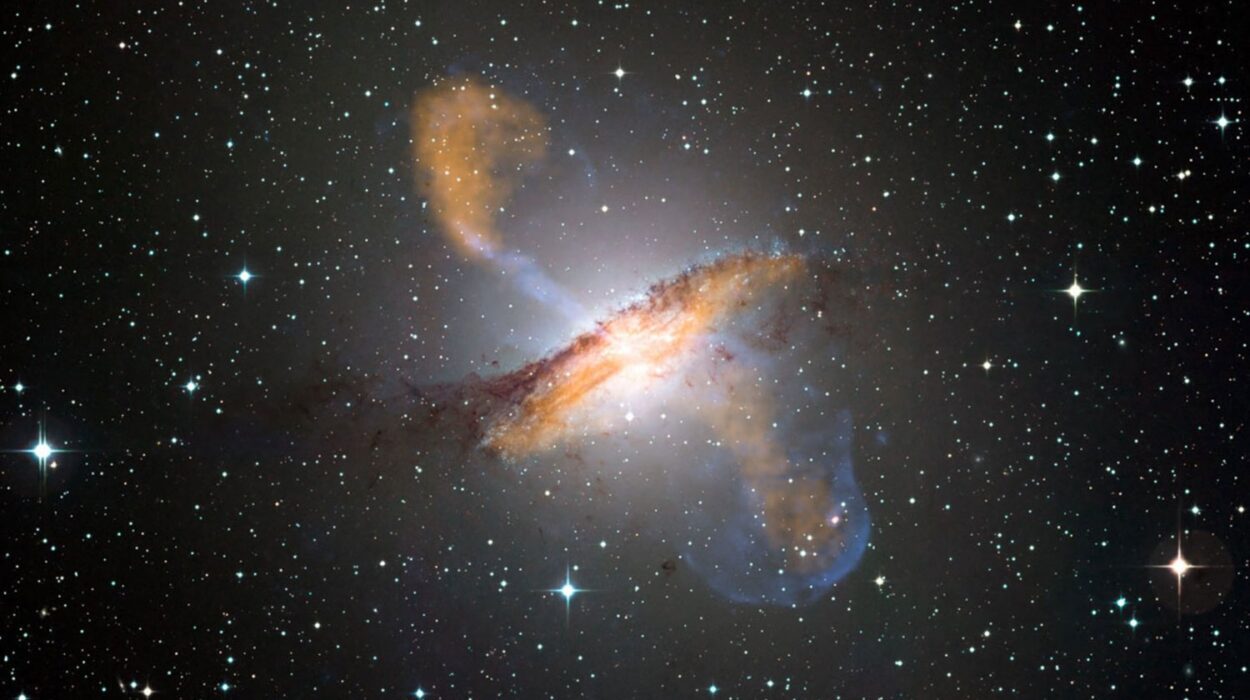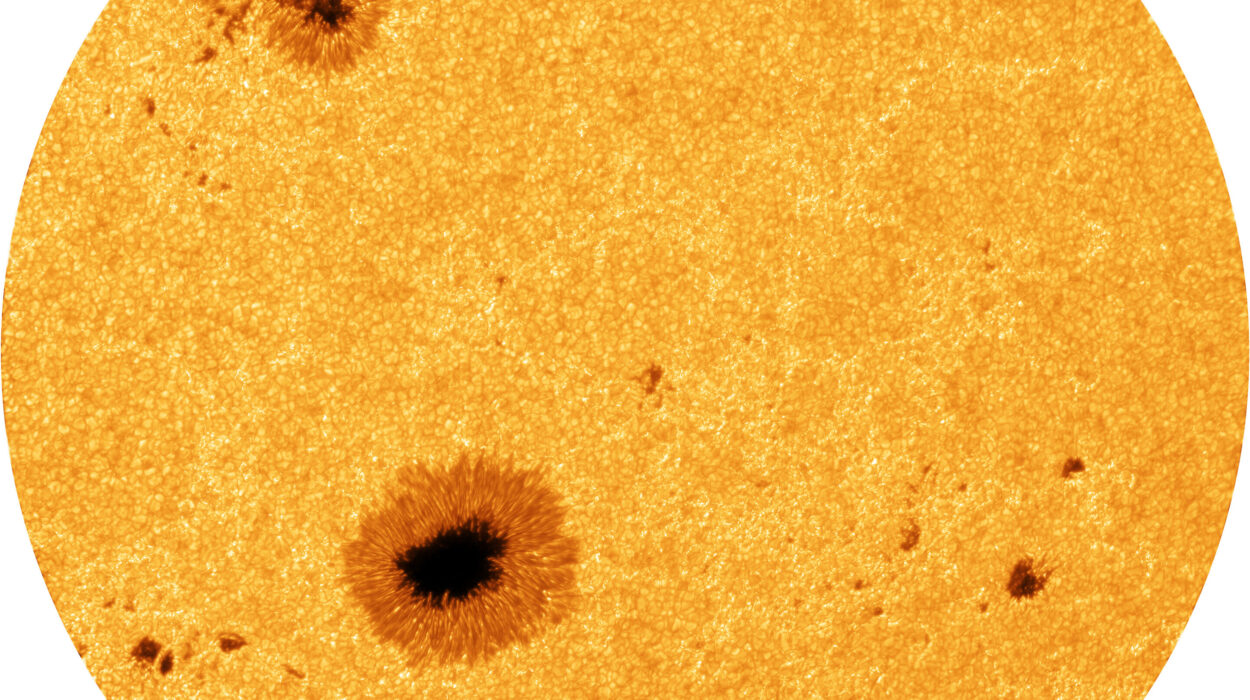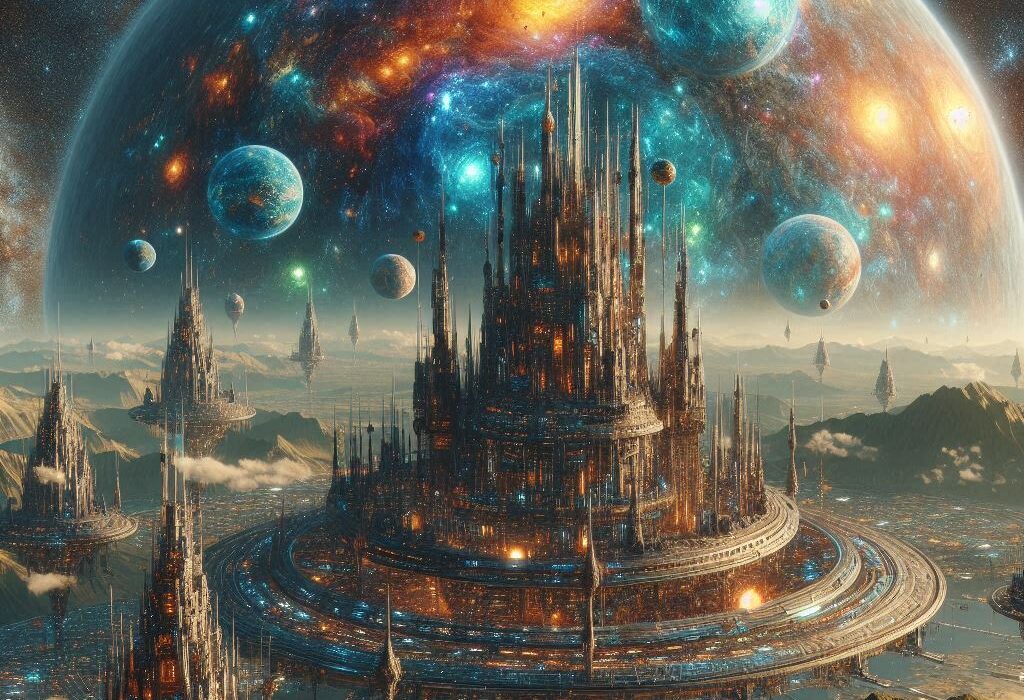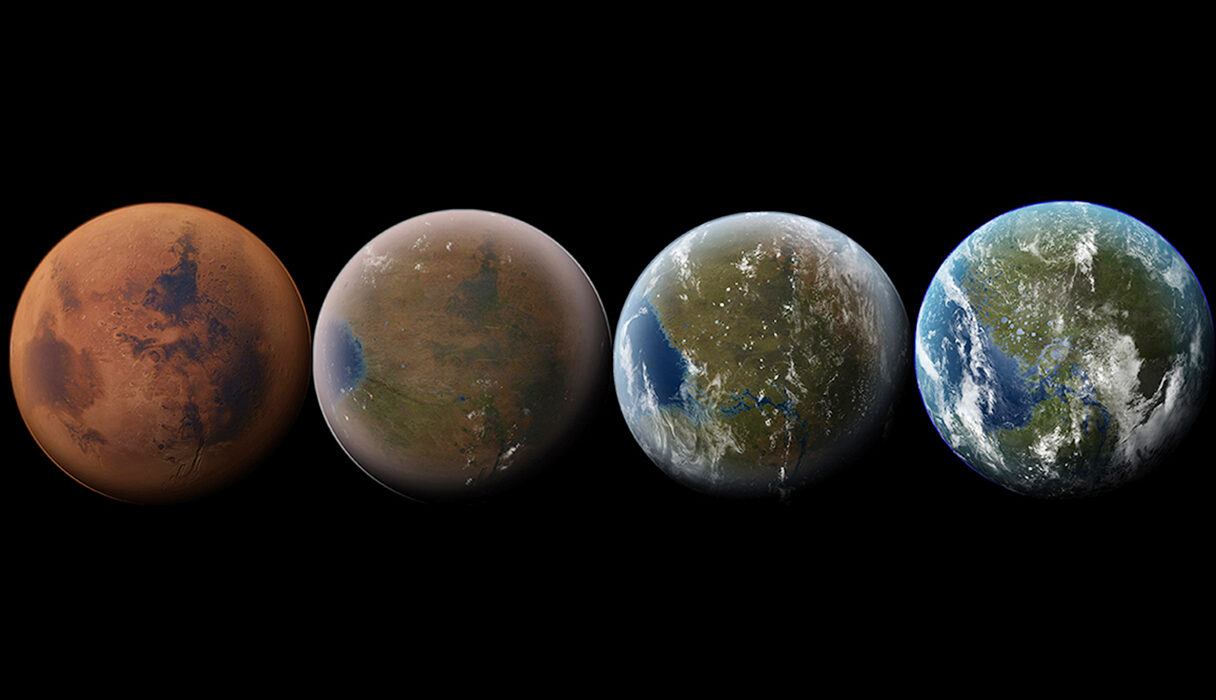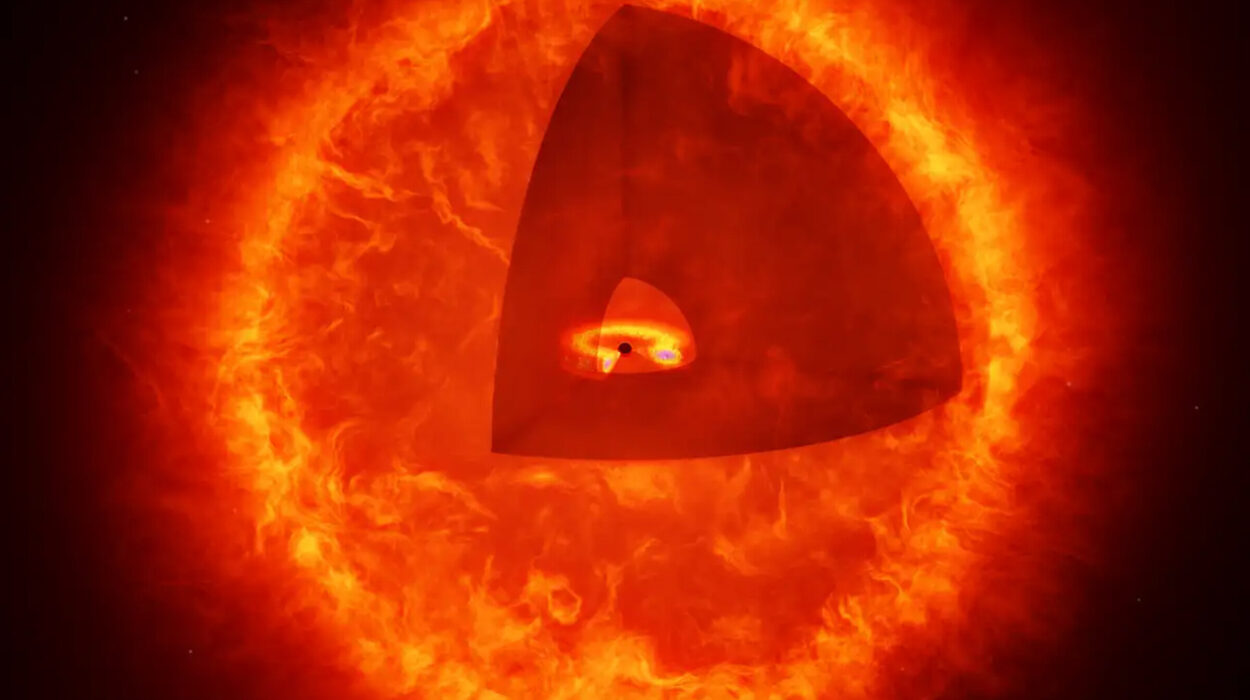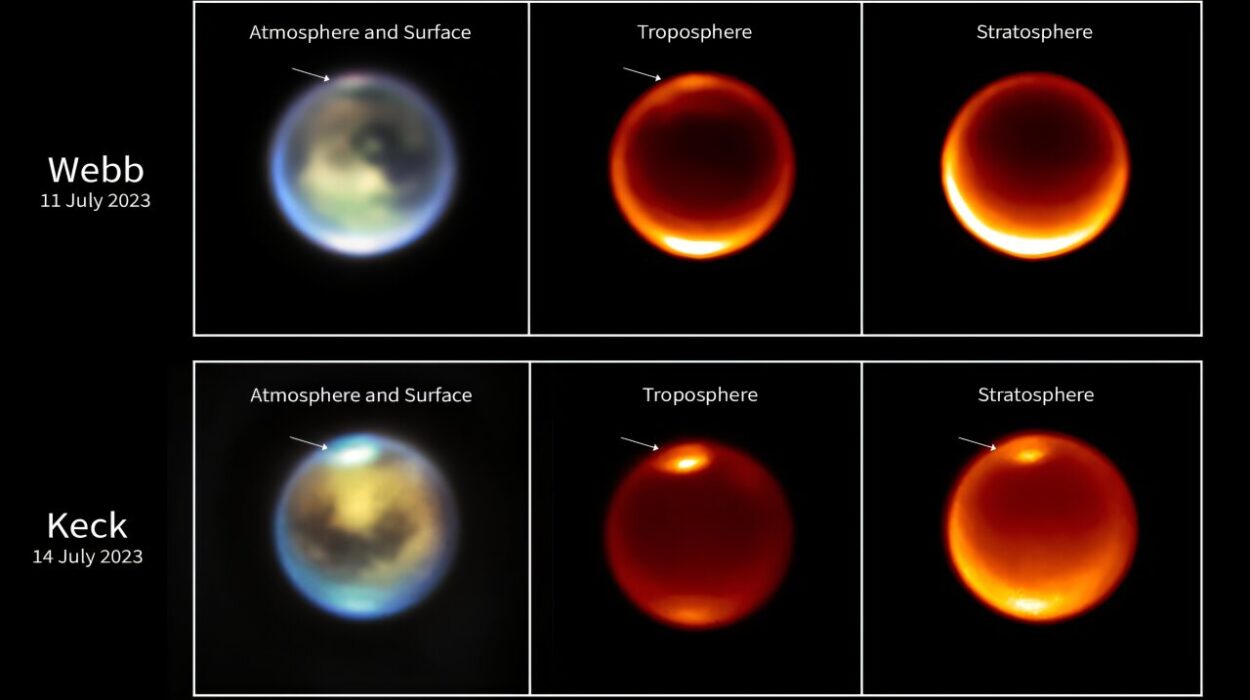More than 13 billion years ago, when the universe was still in its cosmic infancy, a galaxy named A1689-zD1 was already shining across the vast expanse of space. Today, that faint ancient light has traveled for over 13 billion years to reach our telescopes, carrying with it the story of a universe that was just beginning to form stars, planets, and the very elements of life.
Thanks to the combined power of two of humanity’s greatest scientific instruments—the James Webb Space Telescope (JWST) and the Atacama Large Millimeter/submillimeter Array (ALMA)—astronomers have now peered deeper into this remarkable galaxy than ever before. What they discovered offers not only a glimpse into the early cosmos but also new clues about how cosmic dust, one of the fundamental ingredients of galaxies, formed and evolved at the dawn of time.
Peering Back to the Beginning
A1689-zD1 is an extraordinarily distant galaxy located at a redshift of about 7.13, which means we see it as it was when the universe was less than 800 million years old—barely five percent of its current age. Its light, stretched and magnified by a massive foreground galaxy cluster through gravitational lensing, allows astronomers to study it in far greater detail than would otherwise be possible.
Despite its enormous distance, A1689-zD1 shines brightly in multiple wavelengths. It is small by galactic standards—just about 3,000 light-years across, a fraction of the Milky Way’s diameter—but it packs a surprisingly large stellar population, containing about 2.6 billion times the mass of the Sun in stars.
But what makes A1689-zD1 truly fascinating is not just its stars—it’s the dust that surrounds them.
The Mystery of Ancient Cosmic Dust
Cosmic dust might sound trivial, but in astronomy, it’s anything but. Dust grains—tiny specks of carbon, silicon, and other elements—are the raw material for planets, moons, and even the building blocks of life. They form in the atmospheres of dying stars and supernova explosions, eventually mixing with gas to form new generations of stars and planetary systems.
What astonishes scientists about A1689-zD1 is that it contains a substantial amount of dust—around 15 million solar masses’ worth—despite existing so early in cosmic history. How could so much dust have formed so soon after the Big Bang, when the first stars had barely begun to enrich the universe with heavy elements?
That question drove Kasper E. Heintz and his team from the University of Copenhagen to revisit this galaxy using the unprecedented sensitivity of JWST and ALMA. Their goal: to uncover the true nature of the dust and gas within A1689-zD1, and what it reveals about the first galaxies that ever existed.
Seeing the Invisible with JWST and ALMA
The James Webb Space Telescope provided crystal-clear images and spectra across the ultraviolet to infrared range, allowing the team to model the galaxy’s spectral energy distribution (SED)—a kind of fingerprint that reveals how much light the galaxy emits at different wavelengths. This helped them estimate its stellar mass, dust mass, visual attenuation, and star formation rate.
Meanwhile, ALMA, a powerful array of radio telescopes high in the Chilean desert, observed A1689-zD1 in the submillimeter and millimeter wavelengths, detecting faint emissions from dust and gas molecules. These observations allowed astronomers to estimate the dynamical mass of the galaxy—how much total matter, visible and invisible, it contains—and to infer the gas mass, which turned out to be enormous: nearly 28 billion solar masses.
Together, JWST and ALMA offered a panoramic view of A1689-zD1’s structure and composition—revealing a galaxy bursting with gas, rich in metals, yet surprisingly poor in dust relative to that gas.
A Cosmic Paradox
Despite its impressive dust content, the new study found that A1689-zD1’s dust-to-gas (DTG) and dust-to-metal (DTM) ratios are unusually low—0.00051 and 0.061, respectively. To put that into perspective, these ratios are ten times lower than those in our own Milky Way or in nearby satellite galaxies like the Large and Small Magellanic Clouds.
This creates an intriguing paradox. A1689-zD1 is chemically rich—it has metallicity close to solar levels, meaning it’s already well enriched with elements heavier than hydrogen and helium. Yet its dust is strangely scarce compared to that richness.
Why?
The astronomers propose that this imbalance reflects a fundamental difference in how dust formed—or survived—in the early universe. Perhaps the processes that create dust were not yet fully efficient, or maybe destructive mechanisms, like supernova shocks or intense radiation from young stars, were far more common, breaking down dust grains faster than they could accumulate.
A Glimpse into a Changing Universe
If A1689-zD1 is not unique—and the evidence suggests it isn’t—it could mean that early galaxies had a different relationship with dust than galaxies today. The researchers note that similar low DTG and DTM ratios appear in other metal-rich galaxies at redshifts greater than six, implying a broader cosmic trend.
This points to a potential shift in dust composition, abundance, or emissivity in the early universe. Dust grains might have been smaller, less efficient at absorbing and re-emitting light, or composed of different materials than the dust that fills modern galaxies.
Such changes would affect how early galaxies cooled, formed stars, and evolved—altering the very fabric of cosmic history.
Rewriting the Story of Cosmic Dust
The implications of these findings are profound. Dust plays a crucial role in shaping galaxies: it shields young stars from harsh radiation, helps cool gas clouds to trigger star formation, and seeds the birth of planets. If early galaxies like A1689-zD1 were dust-poor despite their metal richness, it suggests the timeline of dust evolution was more complex than scientists once thought.
Perhaps dust formation began slower, requiring multiple stellar generations to reach the levels seen in the modern universe. Or perhaps early dust had unique optical properties that caused astronomers to underestimate its abundance.
Either way, A1689-zD1 challenges our understanding of how galaxies transitioned from the first luminous structures after the Big Bang into the rich, dusty spirals and ellipticals we see today.
The Power of Collaboration
This discovery was only possible through the combined strength of JWST and ALMA—two observatories separated by millions of miles but united in purpose. JWST, orbiting a million miles from Earth, captures light from the earliest epochs with unprecedented clarity. ALMA, perched atop the Chilean Andes, detects the faint whispers of cold dust and gas invisible to optical telescopes.
Together, they form a bridge across cosmic time, enabling astronomers to study galaxies as they were just a few hundred million years after creation. In the case of A1689-zD1, that bridge has revealed an ancient world rich with mystery and potential.
The Living Past of the Cosmos
To study A1689-zD1 is to look back at our universe’s own childhood—a time when stars were new, galaxies were still forming, and dust was being born for the first time. It is a window into the very processes that made the universe habitable, that built the atoms in our bodies, and that continue to shape galaxies billions of years later.
As researchers refine their models and gather more data from JWST and ALMA, they hope to uncover how widespread this early dust anomaly truly is. Each observation brings us closer to understanding how the cosmos matured from a brilliant, dust-poor beginning into the complex, luminous tapestry we inhabit today.
More information: Kasper E. Heintz et al, Inefficient dust production in a massive, metal-rich galaxy at z=7.13 uncovered by JWST and ALMA, arXiv (2025). DOI: 10.48550/arxiv.2510.07936
